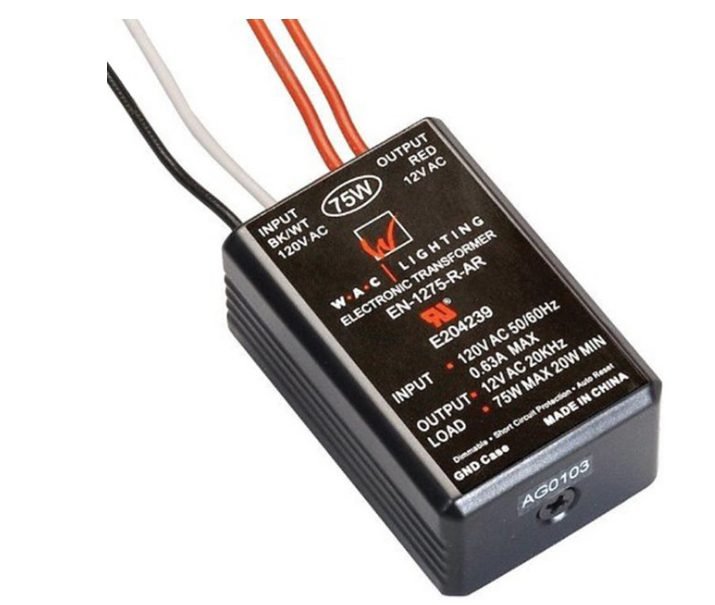If you’re about to buy a house, most lenders want to know what amperage the wiring is. The insurance companies consider the smaller amperage a liability and 60-amp service is not adequate anymore. Most homes today have a 100 or 200 amp service. But some still have only a 60 amp service. Sixty amps is not enough to service a home with an electric stove, oven, clothes dryer, air conditioner, and so on. But some homes operate just fine on 60 amps. These homes usually have a gas stove, and sometimes a gas clothes dryer as well.

Photo by Home Safe Home Inspections – Look for home design design inspiration
Let’s See! The first thing to know is that circuits should only be loaded at 80% of the total circuit load. So, if you have a 15-amp circuit, the safe operating amperage would be no greater than 12 amps. The total wattage would be 1,800 watts, meaning the safe wattage usage would be 1,440 watts.
On a 60-amp circuit, the safe operating amperage would be no greater than 48 amps. The total wattage would be 7,200 watts, meaning the safe wattage usage would be 5,760 watts.
To determine the wattage, you take the voltage times the amperage: Watts = Volts x Amps
Result then: Amps = Watts/Volts
Check the tags on all of your appliances for the required amperage rating. Add the entire lighting load by adding the total wattage of the light bulbs in your home. Look at the light bulbs and read the wattage that is printed on them. Your home will likely also have 240-volt appliances like water heaters, air conditioners, electric dryers and electric ranges. Once you’ve determined the total load for your home, you’ll know what size electrical service that you need.
However to determine the capacity (measured in amperes) of the building’s existing electrical service at the main panel-board, check the following:
- If the service entry conductor is in conduit, look for markings on the conductor wires as they emerge from the conduit into the panel board.
If all conductors are unmarked, have an electrician evaluate them.
The ampere rating on the panel board or service disconnect switch, as listed on the manufacturer’s data plate.
The ampere rating marked on the main circuit breaker or main building fuse(s). This rating should never be higher than the above two ratings; if it is, the system should not be used until it is evaluated by an electrician.
The building’s service capacity is the lowest of the above three figures.
NOTE: You can identify 100-amp service house wiring by looking at the main circuit breaker. Don’t let the number on smaller breakers in the box fool you. They may total more than 100. Electricians put in the breakers for specific areas. If a breaker says 15 amps, usually the load is only about 80 percent of that amount. The logic for so many breakers is that you’ll probably not use everything at once, and they don’t load all the breakers to full capacity.
Designing Your Own Home | How To Build A House (howtobuildahouseblog.com)


